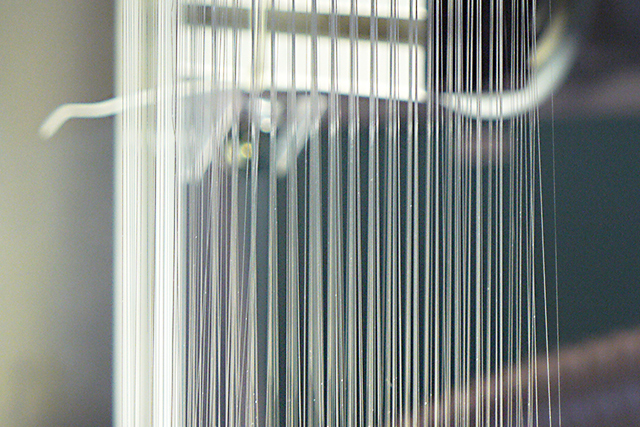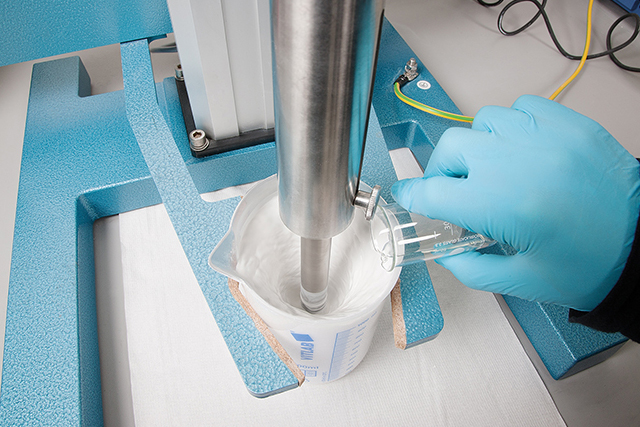Functional fiber materials and their applications
The Fraunhofer ISC develops materials and optimizes processes for fiber production and processing. Functional fiber materials are used in various applications in a wide range of sectors, including regenerative medicine, the glass and textile industry and lightweight ceramic construction.
Depending on your filds of application, we will advise you on the right fiber material and its optimal production process. Among other things, we offer you materials that are biodegradable, electrically conductive or temperature-stable.
The development of ceramic fibers and fiber coatings is the main research focus of the ISC location, the Fraunhofer Center for High Temperature Materials and Design HTL in Bayreuth.




